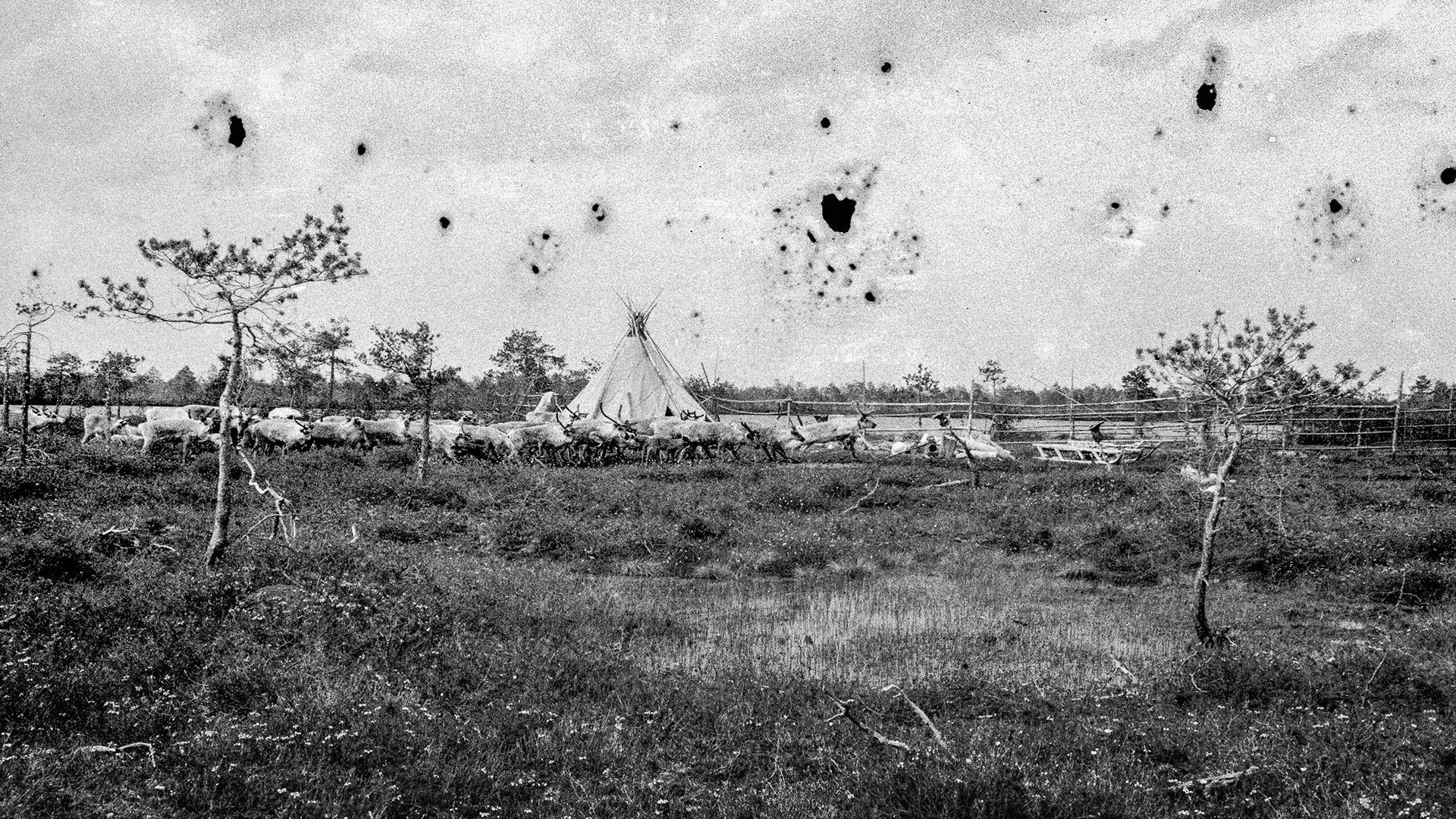The ImageSingulières center of photography in Sète (France) presents the work of two photographers with an ecological message. “Bastard CountrySide” by Robin Friend and “Oil and Moss” by Igor Tereshkov are on view until March 6, 2022.

You’re getting blind.
Don’t miss the best of visual arts. Subscribe for $9 per month or $108 $90 per year.
Already suscribed ?
Read more: After Us the Deluge: Images of Sinking Land



